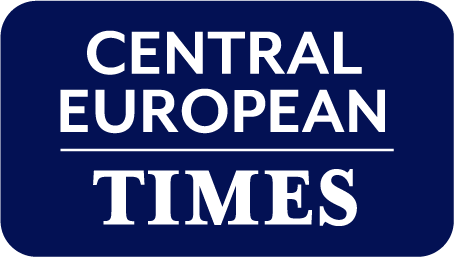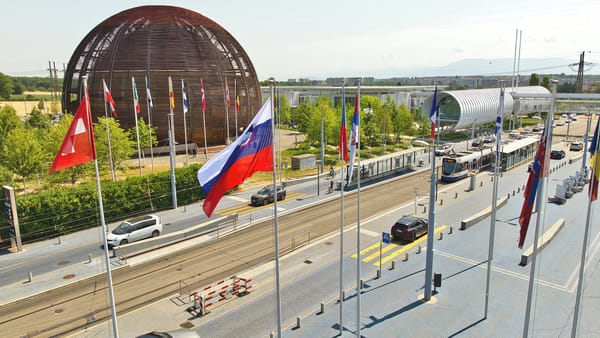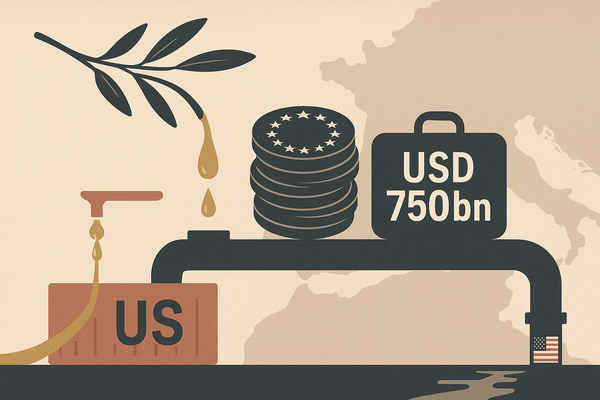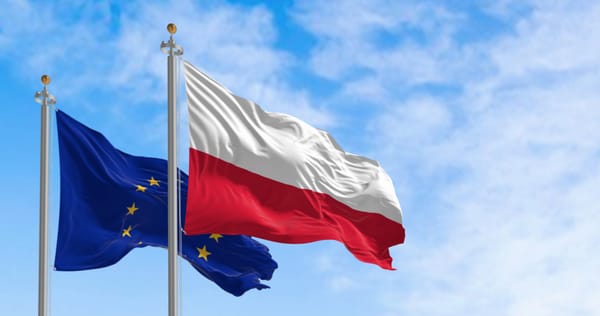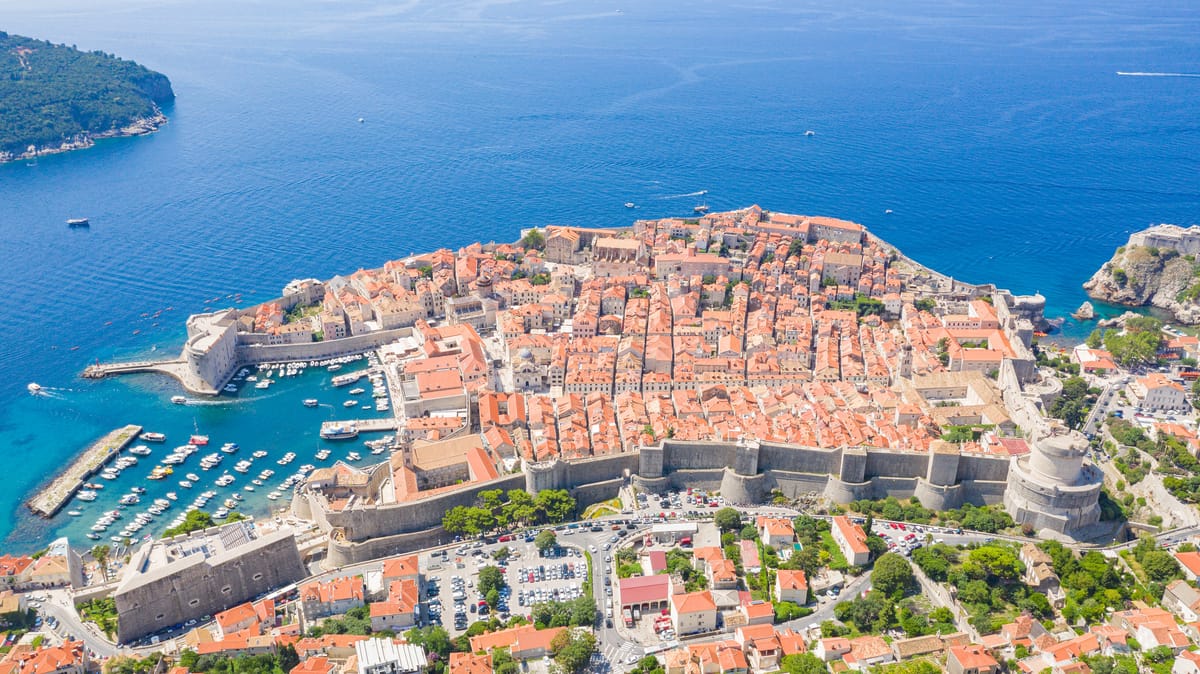
Croatia to get less Covid recovery funding after economic rebound in 2021
The European Commission (EC) will cut Croatia’s maximum share of the EU’s Recovery and Resilience Facility (RRF) stimulus programme by around 13% due to the country’s unexpectedly strong economic performance last year.
Croatia’s economy shrank 8.1% in 2020, the year that COVID:19 reached Europe, but rebounded by 10.2% last year. In November 2020, the EC had estimated the Croatian economy would grow by 5.7% in 2021 and 3.7% in 2022.
The EC revealed that it has reduced payments earmarked for Croatia to around EUR 5.5bn from an expected EUR 6.3bn, based on based on new rules for grants.
The new revised calculation takes into account the difference between the projected GDP growth estimate from the Autumn Economic Forecast 2020 and the updated data based on real GDP in 2020-21.
The RRF scheme assesses GDP declines due to COVID:19, economic performance in 2020 and 2021, population size of the member state, GDP per capita, and unemployment rates from 2015-19.
Croatia received the EC’s disbursement of its first payment of EUR 700mn in RRF grants in late June. This brought the total amount of in grants and loans disbursed under the RRF since its entry into force in February 2021 to over EUR 100bn.
Croatia will utilise the funding for the fiscal sector, health, energy, transport, water and waste management, energy efficiency, social policy, adult education, public administration, as well as fighting corruption and money laundering.
